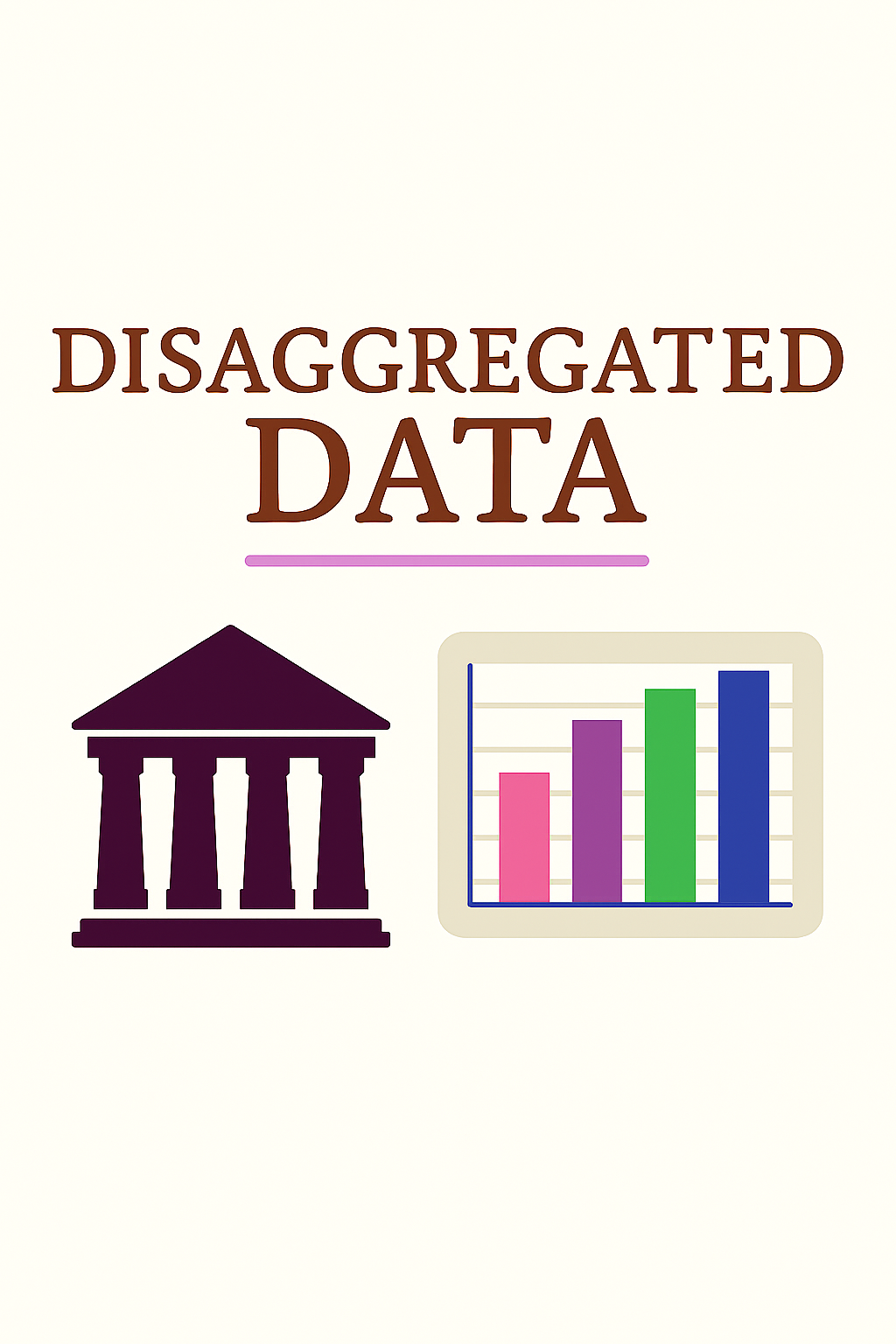More than a week has passed since U.S. Secretary of Education Linda McMahon directed the National Center for Education Statistics (NCES) to collect disaggregated admissions data from universities—specifically to detect potential race discrimination and ensure compliance with the Supreme Court’s 2023 ruling in Students for Fair Admissions v. Harvard.
While the August 7 directive focuses on rooting out illegal racial preferences, it inadvertently highlights the broader power of disaggregated data to illuminate nuanced disparities in outcomes. This mandate represents more than a shift in higher education policy; it sets a precedent for how federal agencies can operationalize core conservative principles of accountability, transparency, and fiscal responsibility while advancing progressive commitments to equity, access, and data-driven inclusion.
Secretary McMahon stated that the goal is to ensure that institutions don’t “discriminate against hard-working American applicants” by using race as a factor. While I understand this statement focuses on compliance with Students for Fair Admissions v. Harvard, it ignores that legacy admits also “discriminate against hard-working American applicants.” Therefore, I recommend that data collection include other metrics that admissions committees use, such as income, geography, and legacy, allowing complete transparency about how preferences operate against “hard-working” Americans.
In an era of polarized governance, extending this mandate across federal agencies offers a rare blueprint for bipartisan reform—one rooted in facts, fairness, and the public’s right to know.
Why Every Agency Needs Disaggregated Data
I have consistently argued that “when ethnicity, race, gender, and other demographic data are disaggregated, the results can inform policies to increase the wellbeing of targeted groups, rather than simply provide a standardized approach”. Hence, with its rigorous audit processes and public transparency requirements, this data collection framework provides a model that every agency should adopt for its programs and outcomes.
While there are many examples I could provide, I am choosing the COVID-19 pandemic because it is a powerful demonstration of the value of disaggregated data. When states reported only aggregated case and death data, critical patterns remained hidden. Disaggregated analysis revealed that Black men faced the highest mortality risk, while outcomes differed dramatically between Asian women and white women, and between Black men and all other groups.
Additionally, in Missouri, disaggregated COVID-19 data revealed that elderly individuals in congregate settings faced disproportionately high mortality rates. By prioritizing vaccine distribution to these facilities, the state saw an almost immediate reduction in deaths—a clear case of data-driven efficiency. This granular data enabled targeted public health interventions—allocating testing resources to high-risk communities, directing therapeutics where mortality risk was highest, and tailoring messaging to specific populations. The result was more lives saved per dollar spent, a powerful demonstration of how disaggregated data serves humanitarian and fiscal conservative goals.
The Path Forward
The current administration’s approach to data collection presents a fundamental contradiction. President Trump has signed executive orders directing agencies to share data more broadly in fraud prevention efforts, including accessing data from state programs receiving federal funding. Yet the government simultaneously removed thousands of datasets from various platforms in early 2025, with datasets coming from the Department of Energy, the National Oceanic and Atmospheric Administration, and the Environmental Protection Agency being deleted or made inaccessible.
Here lies the hypocrisy: while the administration justifies “unprecedented reach for data held by states” to “increase efficiency and save hard-earned taxpayer dollars,” much of this consolidated data remains behind closed doors, inaccessible to the public, press, and independent researchers. The lack of public accessibility fundamentally conflicts with conservative ideology, which champions transparency, limited government, and public oversight of taxpayer-funded programs, including anti-poverty initiatives and any organization that receives federal aid or is tax-exempt.
True accountability demands that all government data—disaggregated and ded—be publicly available. When agencies collect information using public resources, citizens have an inherent right to access, analyze, and hold government accountable for its use. If we believe in limited government and fiscal responsibility, we must ensure citizens can monitor how their data and tax dollars are used. However, the current selective approach to data sharing creates a dangerous precedent: expanding the government’s internal data capabilities while restricting public access, undermining the accountability mechanisms that conservatives have long championed.
True accountability requires telling “the whole story,” not just convenient statistics. Detailed, disaggregated, and publicly accessible data upholds meritocracy, ensures tax dollars reach their intended targets, and exposes waste and exclusion. These ideals transcend partisan divides and deliver on the promise of honest, effective government.
The Education Department’s mandate is a good starting point, but insufficient. Every federal agency must not only adopt the Education Department’s standards but also go further by implementing the following measures:
- Mandate public reporting of all program, enforcement, and outcome data, disaggregated by factors such as race, sex, geography, veteran status, and other characteristics that research and lived experiences have shown to influence outcomes.
- Empower citizens, watchdog organizations, and researchers to analyze the effectiveness of spending and hold leadership accountable by providing unrestricted access to data.
- Apply intersectional analysis to every policy area, from higher education admissions to small business relief.
Anything less than these measures undermines the “American” promise of transparency.



